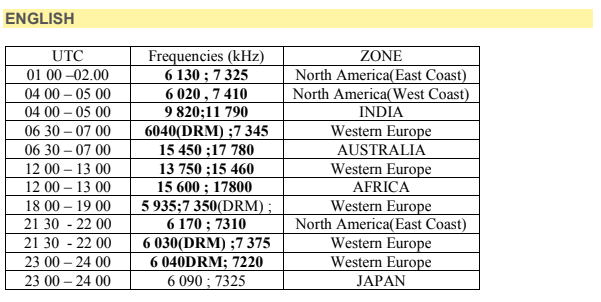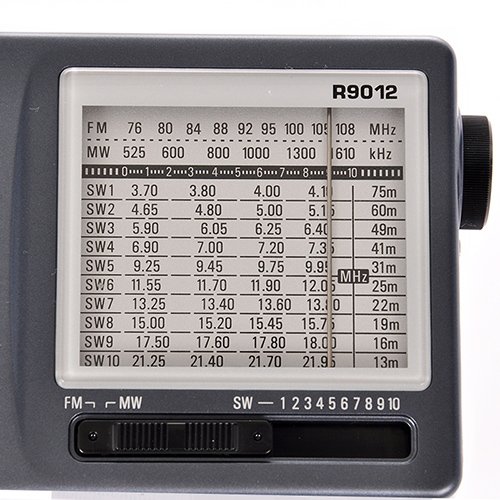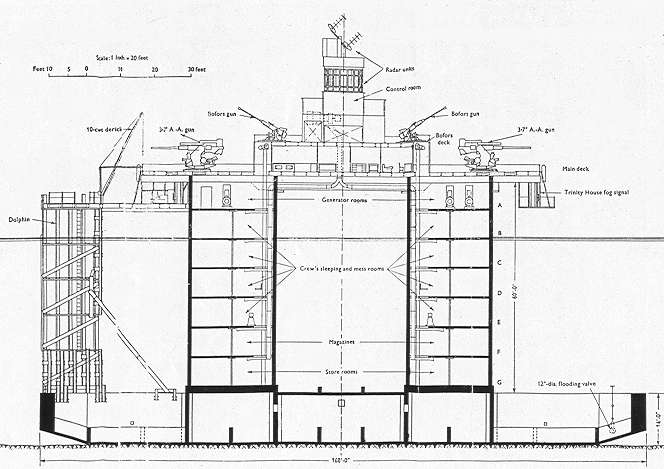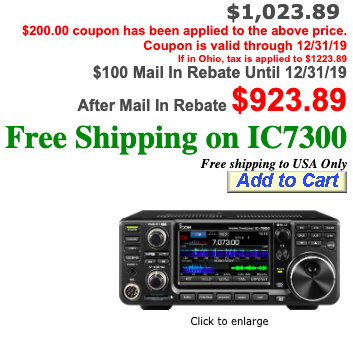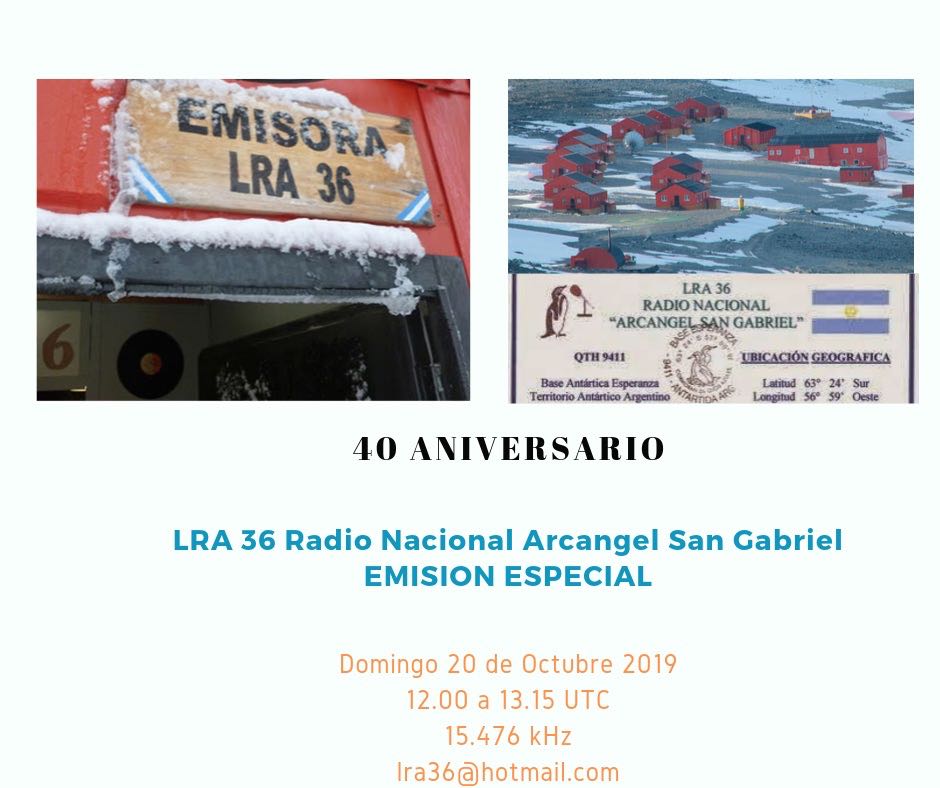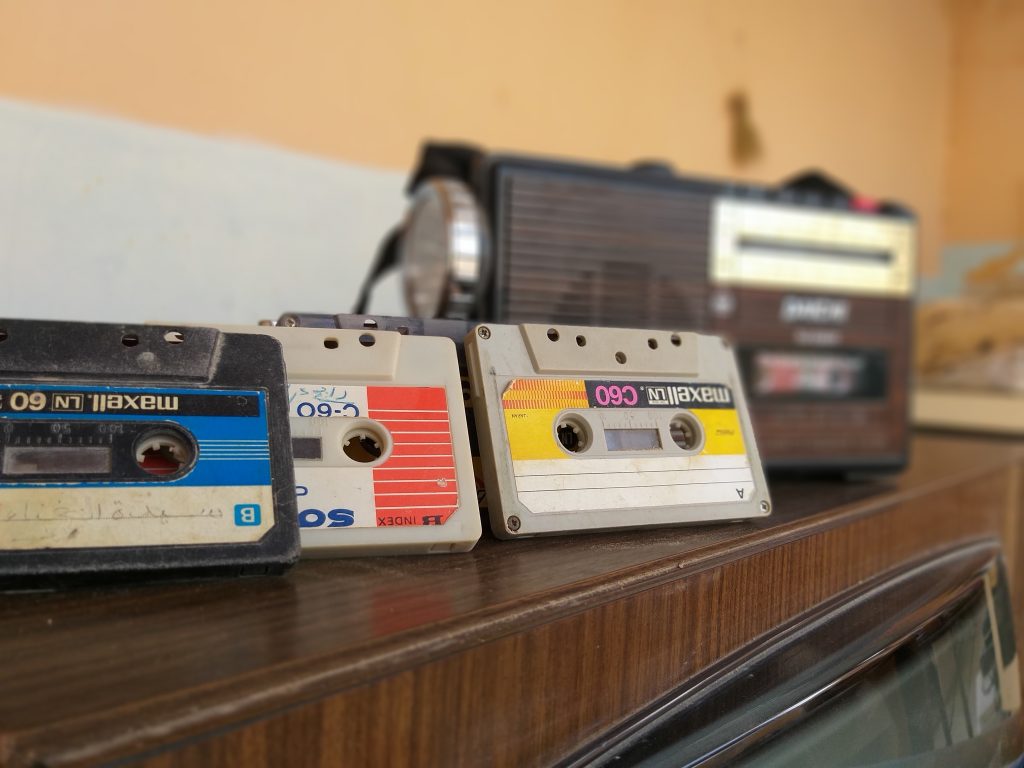Many thanks to SWLing Post contributor, Gaétan Teyssonneau, who shares a link to Radio Romania International’s broadcast schedule for the B19 season.
Pacific Beat: Vanuatu invests in shortwave service
(Source: ABC Pacific Beat via Michael Bird)
In the age of social media and internet technology, shortwave may be seen as traditional technology — but it still plays an important role in reaching far-flung communities, with Vanuatu’s public broadcaster now investing millions of dollars to boost its shortwave service.
The Vanuatu Broadcasting Television Corporation (VBTC) is investing AUD$12 million in upgrading its national radio service through its shortwave and and medium wave service.
VBTC chief executive officer, Francis Herman told the ABC that only 30 per cent of the country can access national radio but after the upgrade, this would increase to 100 per cent coverage across Vanuatu’s 80-plus islands.
“Radio as you know is cost effective, people can pick it up on their phone, in the villages where television can not reach, radio is the companion for people,” Mr Herman said.
The Australian Broadcasting Corporation shutdown its shortwave service to the Pacific in 2017, in favour of a digital presence while China and New Zealand have increased their shortwave coverage.
Technology commentator Peter Marks said investing in shortwave is a great way to complement Vanuatu’s national radio service.
“Shortwave comes from over the horizon it will continue to work even when local conditions are difficult like extreme weather that might knock out local FM and AM stations and internet,” Mr Marks said.
Vanuatu is listed by the United Nations as one of the most disaster-prone countries in the world and regularly experiences, earthquakes, cyclones and floods.
Mr Herman said this makes having a national shortwave service even more important.
“We have general elections in March next year, we are about to head into the cyclone season beginning in November and so its important, it’s crucial that the people of Vanuatu can get access to a reliable and credible broadcaster,” Mr Herman said.
Along with its shortwave broadcasts, the VBTC is also looking to improve its television coverage over the next two years, with funding support from the Vanuatu government, New Zealand and China.
Click here to read the full article and listen to the audio at Pacific Beat.
Do you enjoy the SWLing Post?
Please consider supporting us via Patreon or our Coffee Fund!
Your support makes articles like this one possible. Thank you!
Knock John Sea Fort and life on Fort Roughs
Many thanks to SWLing Post contributor, Dave Porter, who writes:
This is a recent posting of a trip out to the Knock John Fort and also of a new book about life on a sister fort, Roughs Tower.
Report – – Knock John Sea Fort – May 2018 | Noteworthy Report
The fort is still dry inside. This was the home of R Essex and the RCA ET4336 + T aerial. When Bates closed Essex they moved to the Roughs.
Check Amazon for the book “Holding the Fort” by Bates son [affiliate link]. It’s a hardback book and is excellent. An early Christmas present!! Plenty of pics and Sealand as well plus their TX and studio.
Fascinating! Thank you for sharing this, Dave!
Radio Deal: Icom IC-7300 $923.89 shipped at R&L
Many thanks to SWLing Post contributor, Paul Evans, who notes that R&L’s price on the Icom IC-7300 transceiver is currently $923.89 with discounts and coupons.
40th Anniversary Event: National Radio Archangel San Gabriel (LRA36)
Many thanks to SWLing Post contributor, Adrian Korol, who writes:
LRA 36 National Radio Archangel San Gabriel turns 40 on October 20
The different services of RAE Argentina to the World have produced special programs of 10 minutes each that will be broadcast from Antarctica via LRA36 on 15476 kHz, days and times to be confirmed.
The languages ??of these special programs will be Spanish, Portuguese, English, French, Italian, German, Japanese and Chinese. The arrival to the Antarctic of the new valves of the transmitting equipment of LRA36 is imminent.
These broadcasts will have a commemorative eQSL. You can send your reports, message and greetings to [email protected]
Thanks for sharing, Adrian! We’ll be listening!
Encore – Classical music on Shortwave
Encore – Classical Music on Shortwave – Broadcast on Sunday afternoon in Europe (repeated Friday evening) and USA
Encore – Classical Music this weekend is being broadcast as usual by Channel 292 (Europe) on 6070 kHz at 15:00 UTC Sunday 13th October.
And by WBCQ on 7490 kHz at 00:00 – 01:00 UTC Monday 14th October
There is a repeat on 6070 kHz on Friday 18th October at 19:00 UTC.
This week’s programme starts with some Schumann piano played by Vladimir Horowitz in a live recording from 1965. Next some Rameau harpsichord music and a motet sung by the Silo de Pro choir. Something left of field after that from 1956 – early John Cage ‘Radio Music’ and three Britten divertimenti composed when he was in his early twenties. To end the hour – a Schubert Lieder and some of Mendelssohn’s violin concerto.
Both Channel 292 and WBCQ host live streams if the reception is poor in your location. Easy to find their sites with a google search.
Thank you for spreading the word about Encore – Classical Music on Shortwave. And thank you to everyone for letting us know how well the signal is received where you live.
Brice Avery – Encore – Radio Tumbril.
Regular Broadcast times are:
15:00 – 16:00 UTC Sunday, and repeated 19:00 – 20:00 UTC Friday on 6070 kHz (Channel 292 Germany).
00:00 – 01:00 UTC Monday on 7490 kHz 9WBCQ – Maine).
RadioTapes.com: a treasure trove of airchecks from the Minneapolis/St. Paul markets
One of our contributors on the Shortwave Radio Audio Archive, Tom Gavaras, has been sharing some brilliant airchecks. I also discovered that Tom runs an amazing site simply chock-full of Minneapolis/St. Paul airchecks. Tom writes:
Hi Thomas,
[…]As an FYI … I own/run a website called RadioTapes (www.RadioTapes.com). It features more than 2,000 airchecks of Minneapolis/St. Paul radio stations dating back to 1924. You will also find some shortwave recordings that I previously posted (on the Special Postings page).
In addition to my collection, the website includes airchecks provided by more 100 contributors. RadioTapes also has a Facebook page with 1,400 followers.
Post readers: I strongly suggest you check out Tom’s amazing archive of airchecks. If you ever lived in or DXed the Minneapolis/St. Paul market, you’ll certainly hear some familiar voices and IDs.
Thank you Tom!

